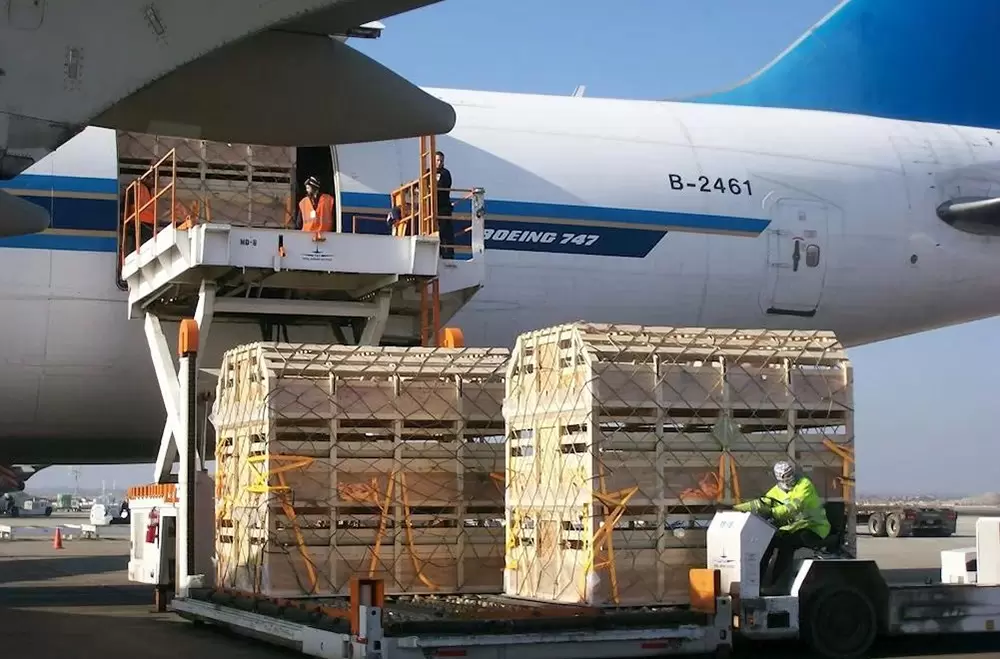The Cost-Effective Yet Time-Consuming Solution: Exploring the Cheapest Ways to Transport Freight
In the world of logistics and supply chain management, the balance between cost and speed is a perpetual challenge. Businesses often find themselves at a crossroads, needing to decide whether to prioritize cost savings or timely delivery. For those who lean towards frugality, understanding the cheapest ways to transport freight—albeit at a slower pace—can be a game-changer. This article delves into various methods of freight transportation that are budget-friendly but inherently slower, providing insights into their advantages, disadvantages, and practical applications.
Understanding Freight Transportation Modes
Freight transportation can be categorized into several modes, each with its own cost and speed characteristics. The primary modes include:
- Road Transport
- Rail Transport
- Maritime Transport
- Air Freight
Among these, road and rail transport are often considered the most economical options, especially for domestic shipments. However, when it comes to international freight, maritime transport emerges as the most cost-effective, albeit the slowest.
The Cheapest Methods of Freight Transportation
- Rail Freight
Rail transport is one of the most economical ways to move large quantities of goods over long distances, particularly across continents. The cost-effectiveness of rail freight stems from its ability to carry a substantial volume of cargo at once, which significantly reduces the cost per ton-mile compared to road transport.
- Advantages:
- Lower fuel consumption per ton compared to trucks.
- Ideal for bulk commodities like coal, minerals, and agricultural products.
- Environmentally friendly, with lower carbon emissions.
- Disadvantages:
- Limited flexibility in routing and scheduling.
- Slower transit times compared to road transport, especially for shorter distances.
- Maritime Shipping
When it comes to international freight, maritime shipping is the undisputed champion of cost-effectiveness. Container ships can carry thousands of containers at a fraction of the cost of air freight.
- Advantages:
- Extremely low cost per unit of cargo transported.
- Suitable for large shipments and bulk goods.
- Capable of transporting oversized items that cannot be accommodated by other modes.
- Disadvantages:
- Long transit times, often taking weeks to reach the destination.
- Vulnerability to weather conditions and port congestion.
- Additional costs may arise from handling and customs clearance.
- Consolidated Freight Services
For businesses that do not have enough cargo to fill an entire container or truck, consolidated freight services offer a cost-effective solution. This method involves combining shipments from multiple customers into one container or truckload.
- Advantages:
- Reduces shipping costs by sharing space and expenses.
- Flexible scheduling options, as shipments can be consolidated regularly.
- Disadvantages:
- Slower delivery times due to the need to wait for other shipments to fill the container.
- Potential for damage or loss if not properly managed.
Practical Applications of Slow and Cheap Freight Transport
Choosing the cheapest and slowest freight transport method can be advantageous for specific scenarios:
- Non-urgent Shipments: Businesses that can afford to wait for their goods to arrive, such as seasonal products or bulk raw materials, can benefit from lower shipping costs.
- Environmental Considerations: Companies aiming to reduce their carbon footprint may opt for rail or maritime transport, which are generally more sustainable than road or air transport.
- Cost-Conscious Startups: New businesses with limited budgets can leverage slow shipping methods to minimize operational costs while establishing their market presence.
Conclusion
In the logistics landscape, the cheapest way to transport freight often comes with the trade-off of slower delivery times. Rail and maritime transport stand out as the most economical options, particularly for bulk and non-urgent shipments. By understanding the nuances of each method, businesses can make informed decisions that align with their operational needs and budget constraints. Ultimately, the choice of transport mode should reflect a strategic balance between cost, speed, and the specific requirements of the cargo being shipped.




